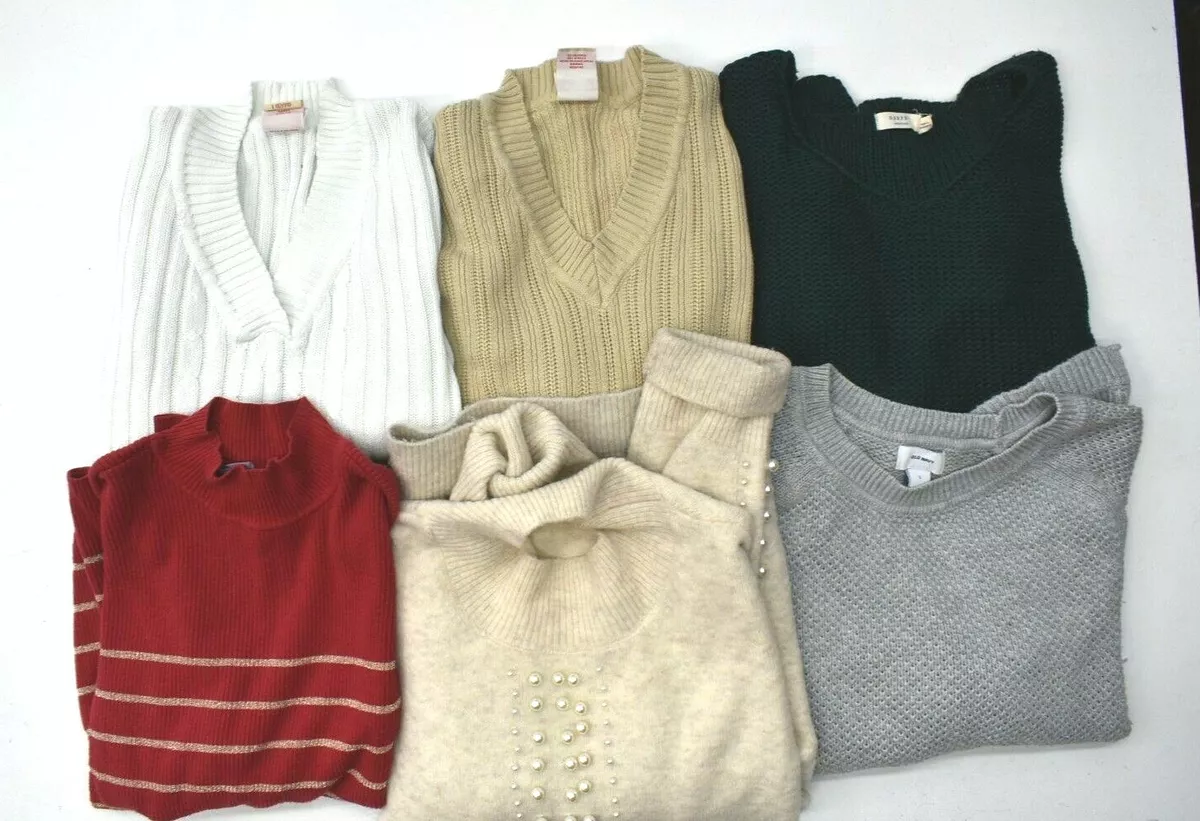Success in the fiercely competitive world of fashion retail depends on keeping ahead of trends and satisfying consumer demand. One tactic that constantly shows success is buying bulk sweaters. Understanding the advantages, seasonal patterns, and best practices for the procurement of bulk sweaters will help stores maximize their inventory and raise profitability.
Buying wholesale sweaters offers stores a major financial benefit. Reduced per-unit costs made possible by bulk buying help to immediately increase profit margins by allowing the economies of scale attained by such buying. During peak seasons, when demand for sweaters spikes and stores can provide competitive prices while preserving solid profits, this cost-efficiency is especially helpful.
Bulk buying also lessens the frequency of restocking, saving on transportation costs and lessening stock availability disturbance. This consistency guarantees that a store stays well-stocked, regularly satisfying customer demand without resorting to quick restocking that can compromise profitability.
Using Seasonal Patterns with Bulk Sweaters
Any retail company's performance depends much on seasonality, thus sweaters are not an exception. Retailers who use seasonal trends—buying bulk sweaters ahead of time—position themselves to satisfy consumer expectations and profit on periods of maximum purchase. For example, stocking a large inventory of bulk sweaters helps one be ready for the fall and winter seasons, therefore increasing sales and drawing a consistent stream of clients.
Keeping current with customer tastes and fashion forecasts will help one maximize seasonal trends. Investing in a range of styles guarantees a varied collection appealing to a large audience, from classic designs to modern pieces. Retailers who do this can serve several client groups, therefore improving the whole shopping experience and increasing sales.
Retailers should give possible suppliers careful thought, including fabric composition, stitching, and general artistry. Additionally crucial is evaluating the supplier's capacity for timely delivery of orders and attentive customer care. Developing close contacts with trustworthy vendors guarantees not only a consistent supply of premium bulk knitwear but also chances for advantageous terms and prices.
Bulk Sweaters Inventory Management Techniques
Bulk sweaters call for efficient inventory control. Retailers have to balance avoiding overstock conditions that tie up money and storage capacity with having enough inventory to meet demand. Using inventory control systems that record sales trends and offer real-time stock-level data would enable stores to decide on markdowns and reordering with knowledge.
Once the bulk of the sweaters are in stock, sales depend on good merchandising and promotion. Retailers should think about designing aesthetically pleasing displays emphasizing the sweaters' quality and diversity. Organizing sweaters according to occasion, color, or style will enable consumers to locate what they need and stimulate impulsive buys quickly.
Efforts at digital marketing should also line up with in-store plans. Retailers may highlight new arrivals and special offers on social media, email marketing, and internet ads. Excellent pictures and interesting material can grab the interest of possible consumers and increase traffic to physical businesses as well as online platforms.
Conclusion
Purchasing bulk sweaters benefits stores long term as well as providing a temporary boost in sales. Retailers may create a devoted clientele that comes season after season by always offering premium, in-demand items. Furthermore, the savings made by bulk buying can be spent on other aspects of the company, such as strengthening customer service, widening product ranges, or bettering store appearance.
Bulk sweaters provide stores with a great chance to optimize earnings, simplify processes, and improve their market share. Retailers can guarantee that their large-scale, sweeter investment pays off by carefully choosing suppliers, controlling inventory, and using marketing techniques.


